

|
|
|


|
|
1/8 Scale Nitro Formula One Car:
Kyosho Williams Renault FW14 - GP-10 - 3273G
|
Released by Kyosho in 1992, the Williams Renault FW14 GP-10 Formula 1 Racing Car - # 3273G - was based on the car driven by Nigel Mansell and Riccardo Patrese in the 1991 F1 Championship, finishing a creditable 2nd in the Constructors' Championship with one hundred and twenty five points. The following year, with the FW14B version of the car, Nigel Mansell won his first and only Drivers Championship title.
The unassembled kit came with an unpainted lexan polycarbonate Bodyshell, an OS Max-10FP-BX .10 Engine, and molded plastic Wheels with foam Tires. A Radio System, Fuel and Glow-Plug Batteries to be purchased separately.
Now considered rare, all the early 1990s Kyosho F1 RC models are much sought after by ardent collectors the world over.
Check out our Kyosho Archive for other F1 models.
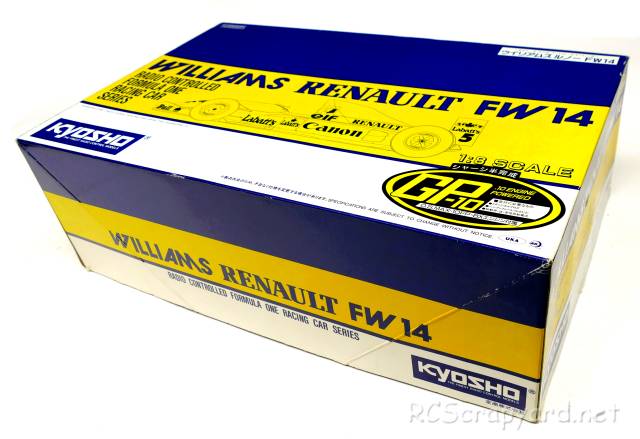
The 2WD model is based on a two piece FRP/alloy plate chassis, front and rear double wishbone suspension with inboard coil spring over oil filled dampers (front - laydown, rear - upright), a gear type differential, anti-roll bars, dogbone drive-shafts and sintered bronze bushings, that after a short while, when dust and grit get into them, can abrade the metal shafts that spins in them. If you are building this kit to race seriously these should be replaced by steel ball bearings ASAP.








|
|
|

★ Kyosho Williams Renault FW14 GP-10 - 3273G ★
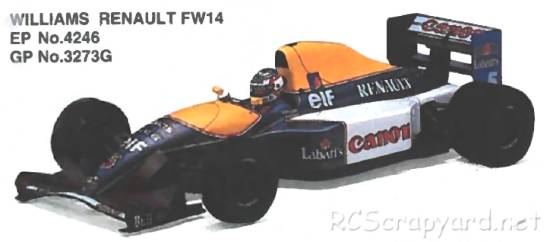
★ Kyosho Williams Renault FW14 GP-10 - Chassis ★
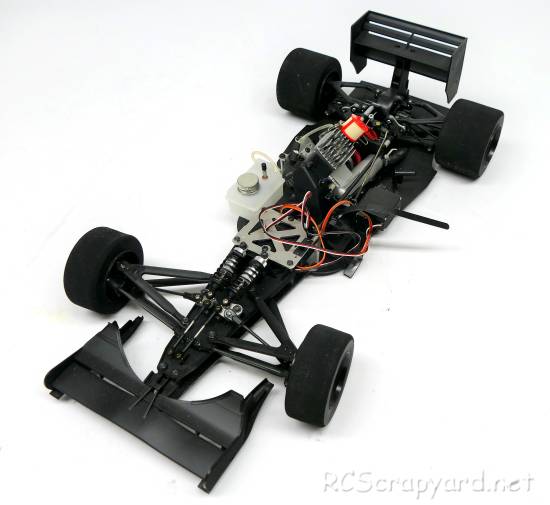
★ Kyosho Williams Renault FW14 GP-10 - Chassis ★
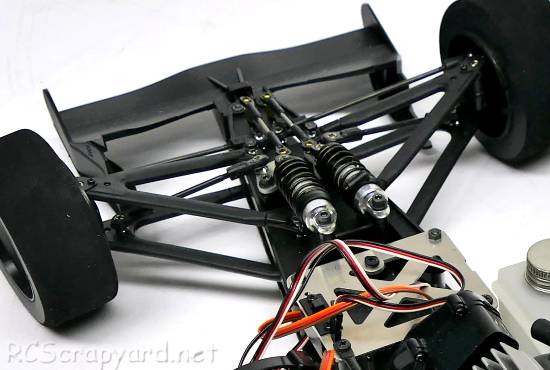
★ Kyosho Williams Renault FW14 GP-10 - Chassis ★
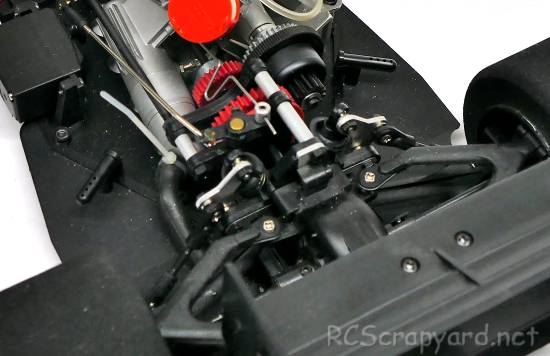
★ Kyosho Williams Renault FW14 GP-10 - Chassis ★
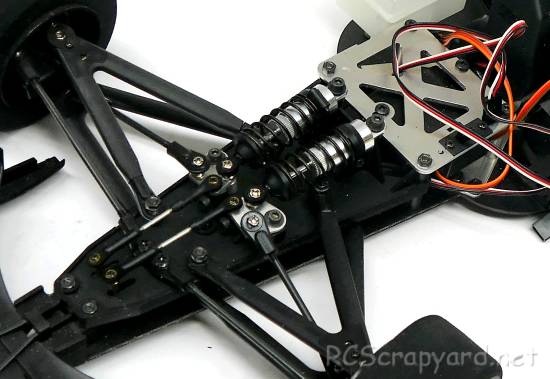
★ Kyosho Williams Renault FW14 GP-10 - Chassis ★
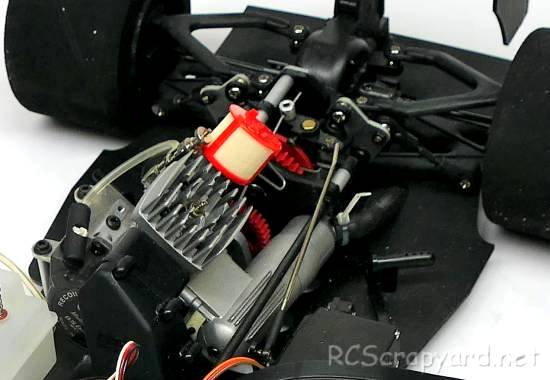
★ Kyosho Williams Renault FW14 GP-10 - Chassis ★
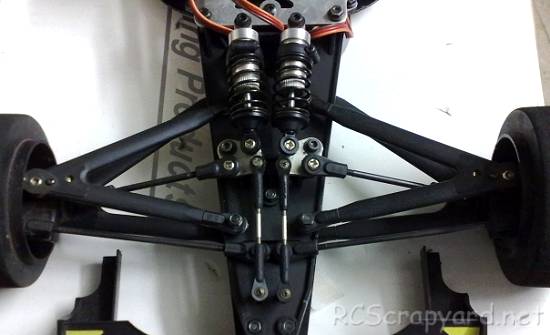
★ Kyosho Williams Renault FW14 GP-10 - Chassis ★
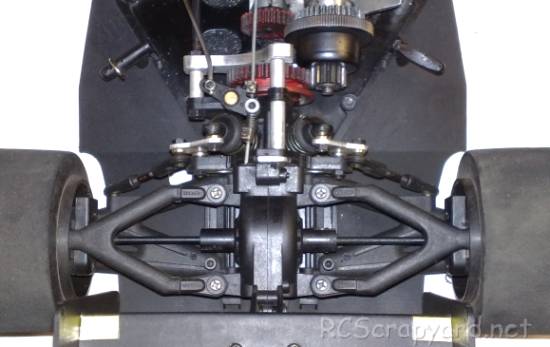
★ Kyosho Williams Renault FW14 GP-10 - Chassis ★
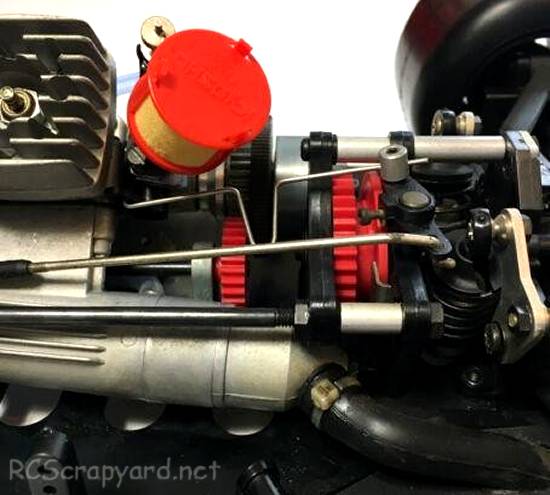
★ Kyosho Williams Renault FW14 GP-10 - Chassis ★
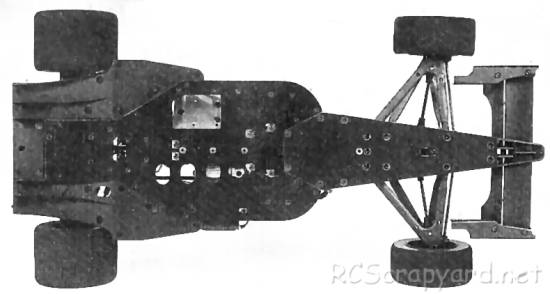
|
Buying a Used Radio Controlled Model
|
|
Manufacturers and Brands Catalogued, Listed and Reviewed by RC-Scrapyard.
At present, the RC Model Manufacturers, Brands and Distributors covered by us are: ABC Hobby, Academy, Acme Racing, Agama Racing, Amewi, Ansmann Racing, ARRMA, Team Associated, Atomic RC, Axial, AYK, Bolink, BSD Racing, Capricorn, Carisma, Carson, Caster Racing, Cen, Corally, Custom Works, Durango, Duratrax, ECX - Electrix, Exceed RC, FG Modellsport, FS-Racing, FTX, Fujimi, Gmade, GS-Racing, Harm, HBX, Helion, Heng Long, Himoto Racing, Hirobo, Hitari, Hobao, Hong-Nor, Hot Bodies, HPI, HSP, Intech, Integy, Jamara, JQ Products, Kawada, Kyosho, Losi, LRP, Maisto, Mardave, Marui, Maverick, MCD Racing, Megatech, Mugen, New Bright, Nichimo, Nikko, Nkok, Ofna, Pro-Pulse, Protech, PTI, RC4WD, Redcat Racing, RJ-Speed, Robitronic, Schumacher, Seben, Serpent, Smartech, Sportwerks, Step-Up, Tamiya, Team-C Racing, Team Magic, Thunder Tiger, Tomy, Top Racing, Traxxas, Trinity, Tyco, Vaterra RC, Venom, VRX Racing, WLToys, X-Factory, Xmods, Xpress, Xray, XTM, Yankee RC, Yokomo, ZD Racing and Zipzaps. |
|
Hints, Tips and Information
Glow Plugs for Nitro Engines
Nitro Engines for RC Models use a system to ignite the fuel mixture that simply employs a wire coil in a small housing called a Glow Plug. To start the engine, a battery powered Starter, or Glow Igniter, is connected to the Glow Plug and electric current heats the coil to white hot, so that when you pull start your engine, the air - fuel mixture in the cylinder is ignited. With the engine now running, the starter is no longer required. Heat generated under compression is enough to keep the coil element hot enough to keep the engine running.
|
|
Hints, Tips and Information
How to avoid Radio Interference
1/ The first consideration when installing your Receiver into your Electrically Powered Model is to make sure it is well away from the Negative Battery terminal, and the Motor. The Magnetic field can cause stuttering type interference at times of high current draw (i.e., Fast Acceleration) |
|
RC Models:
|
Radio & Motors: |
Other
Accessories: |